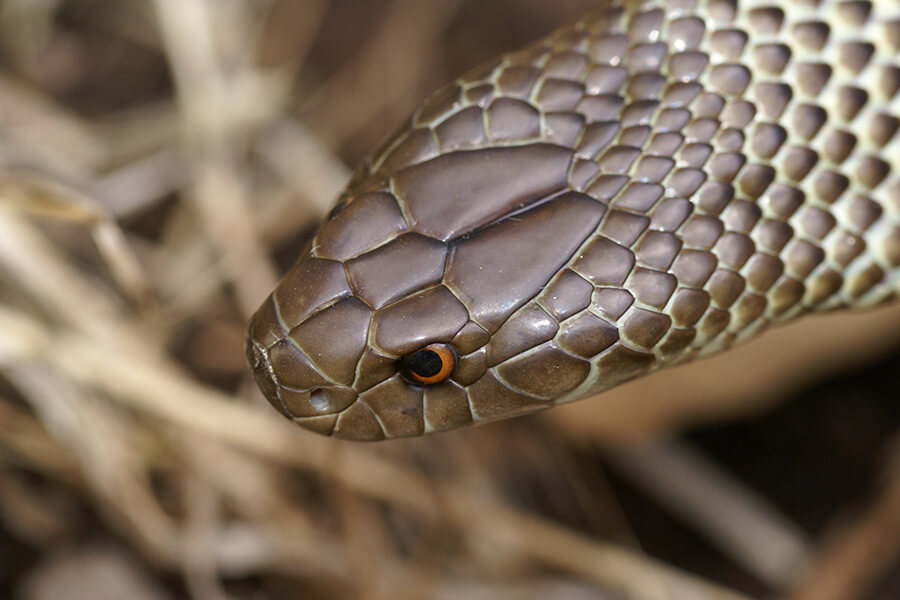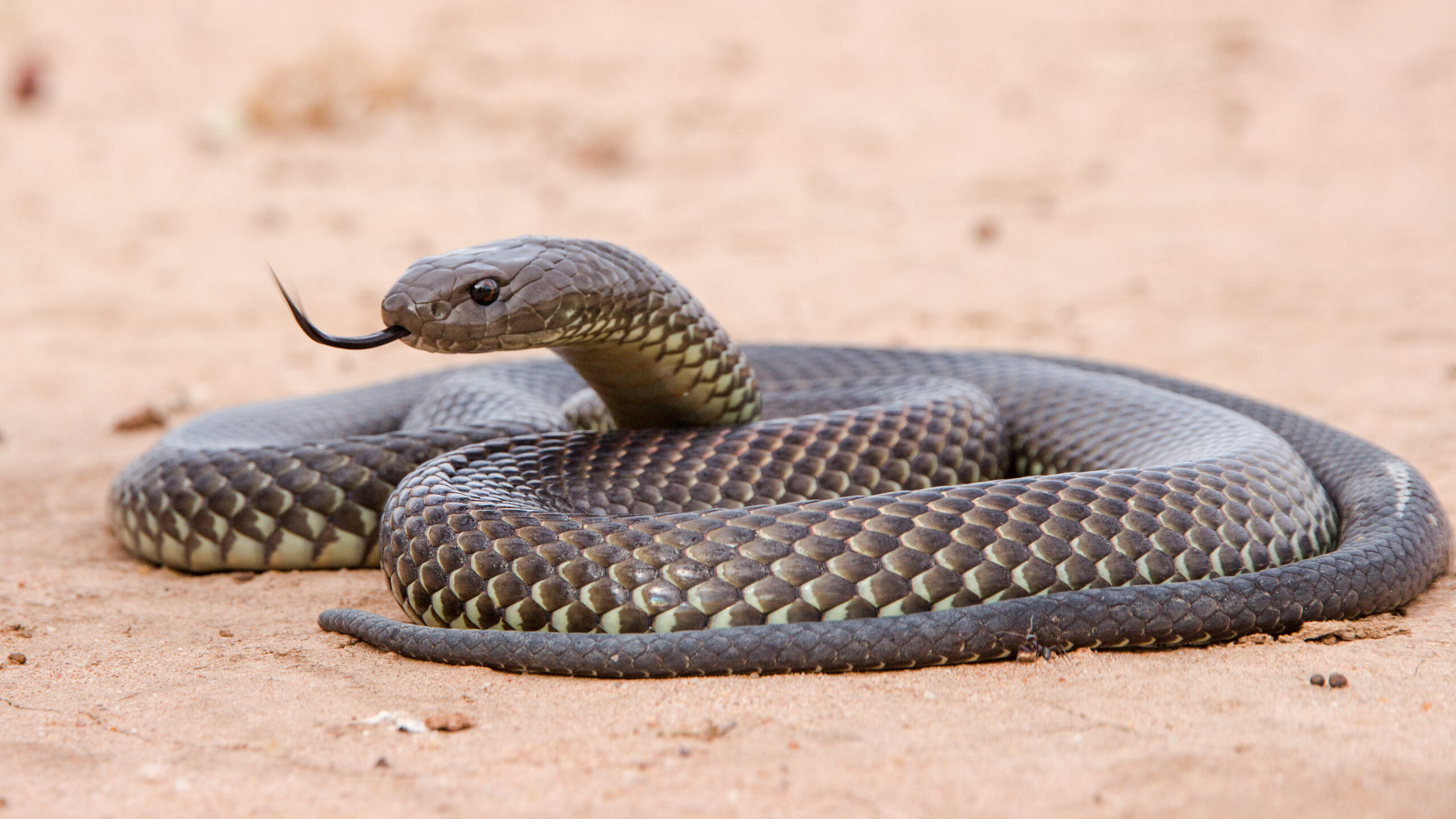Introduction
Australia is renowned for its abundant biodiversity, particularly when it involves reptiles. Amongst Best first aid practices for Australian snakebites these fascinating creatures, the Eastern Tiger Snake ( Notechis scutatus) stands apart because of its striking appearance and powerful venom. Found mainly in southeastern Australia, this varieties has interested both herpetologists and informal viewers alike. In this detailed overview, we will certainly look into the features of the Eastern Tiger Snake, discover their habitat, behavior, and diet, and share necessary safety pointers for any individual that may come across them.
As we go across with the subtleties of the Eastern Tiger Snake's life, we'll likewise go over critical subjects such as serpent bite emergency treatment and prevention techniques. With snake attacks being a major worry in Australia, equipping on your own with understanding can mean the difference in between safety and danger. Bend up as we start this informing journey.
Exploring the Eastern Tiger Snake: Qualities and Security Tips
1. Introduction of the Eastern Tiger Snake
The Eastern Tiger Serpent is an extremely venomous serpent that belongs to the Elapidae family members. Characterized by The original source its unique banding pattern that resembles a tiger's red stripes, this varieties showcases a range of colors from olive-green to black and even brownish hues.
1.1 Physical Characteristics
Tiger snakes are medium to large-sized serpents that normally reach sizes of 1.2 to 2 meters (4 to 6.5 feet). Their durable bodies are matched by a flattened head that makes them conveniently recognizable among other snakes.
1.2 Venom Composition
The venom of an Eastern Tiger Serpent is mainly neurotoxic. This implies it can impact the nervous system and bring about paralysis if left unattended. The good news is, antivenom is readily available in Australia for those unfavorable enough to be bitten.
2. Habitat of the Eastern Tiger Snake
Understanding where these serpents flourish can assist in preventing encounters and valuing their role in the ecosystem.
2.1 All-natural Habitat
Eastern Tiger Snakes prefer seaside areas, marsh areas, and grasslands. They are usually discovered near freshwater sources like swamps and rivers.
2.2 Geographical Distribution
This types is mainly situated in southeastern Australia, including parts of Tasmania where they are often described as Tasmanian tiger snakes.
3. Actions Patterns
3.1 Diurnal vs Nighttime Activity
While some tiger snakes may exhibit nighttime behavior during warmer months, they are primarily diurnal animals that search during daylight hours.
3.2 Protective Mechanisms
When intimidated, tiger snakes might display aggressive actions by coiling back or hissing loudly prior to striking if prompted further.
4. Diet of the Eastern Tiger Snake
Tiger snakes have a varied diet plan primarily containing little creatures, birds, amphibians, and various other reptiles.
4.1 Searching Techniques
They employ ambush strategies coupled with fast strikes to catch innocent victim-- an excellent How to identify Australia's deadliest snakes accomplishment given their size!

5. Are Tiger Snakes Venomous? Comprehending Their Threat Level
Yes! The eastern tiger snake is certainly poisonous; however, not all attacks result in envenomation (the shot of venom). Understanding concerning their risk level is essential for any person that frequents their habitat.
6. Emergency Treatment for Snake Bites: A Vital Skillset
If somebody is bitten by a tiger serpent or any type of other varieties:
- Remain tranquility; panic aggravates symptoms. Call emergency services immediately. Apply a stress bandage over the bite site.
Knowing just how to react without delay can save lives!
7. Typical Myths About Tiger Snakes Debunked
Misunderstandings about tiger serpents are plentiful-- allow's resolve some common misconceptions:
- Myth: All serpents are aggressive. Fact: Several snake species choose avoidance over confrontation. Myth: A completely dry bite suggests no danger. Fact: Always look for medical interest despite symptoms!
8. Safety And Security Preventative Measures When Running Into Snakes
Awareness is your best defense versus undesirable experiences with tiger snakes:

- Stay vigilant while treking or going through recognized habitats. Avoid tall turf where exposure could be limited. Wear appropriate footwear when exploring natural areas.
9. What To Do If You Run Into an Eastern Tiger Snake?
Stay calmness! Gradually retreat without making abrupt activities-- it's vital not to prompt the pet further.
10. Baby Tiger Snakes: The Children' Journey
Juvenile tigers usually show various pigmentation than grownups but preserve similar patterns that provide camouflage against killers and ecological threats.
10.1 Developing Stages
These baby snakes arise after about two months' gestation from eggs laid by women-- a fascinating transition right into independence!
11. The Role of Preservation in Protecting Snake Species
With metropolitan development trespassing upon natural habitats, preservation initiatives are important for preserving healthy populations of eastern tiger serpents-- and all wildlife!
Frequently Asked Questions
FAQ 1: Are all tiger snakes deadly?
While eastern tiger snakes have powerful venom capable of triggering serious damage or death if without treatment, not every experience leads to a bite or envenomation.
FAQ 2: How can I determine an eastern tiger snake?
Look for unique red stripe patterns incorporated with pigmentation ranging from olive-green to black; they also have level heads particular of elapids!
FAQ 3: What ought to I include in my snake bite emergency treatment kit?
Essential things consist of stress bandages, sterile gauze pads for injury care, antiseptic wipes/solutions like alcohol swabs together with emergency call numbers!
FAQ 4: Exactly how frequently do tiger snakes breed?
Typically breeding happens during spring when temperatures climb-- women might lay between 20-30 eggs per clutch depending on environmental conditions!
FAQ 5: What makes Tasmania's tiger snake unique?
Tasmanian tigers have a tendency towards bigger dimensions contrasted to mainland counterparts; their color variations range extensively across various geographical areas too!
FAQ 6: Can you safely relocate a snake located on your property?
It's a good idea not to try self-relocation as improper handling might provoke them-- get in touch with regional wild animals authorities instead for assistance!
Conclusion
In summary, discovering the eastern tiger snake exposes much regarding among Australia's a lot of fascinating reptiles-- from its striking physical attributes down to its vital role within ecological communities along with widespread security factors to consider pertaining to potential experiences with humans! Recognition about this varieties cultivates regard while ensuring safe experiences must one cross courses with these magnificent creatures out in nature-- due to the fact that understanding genuinely encourages us all!